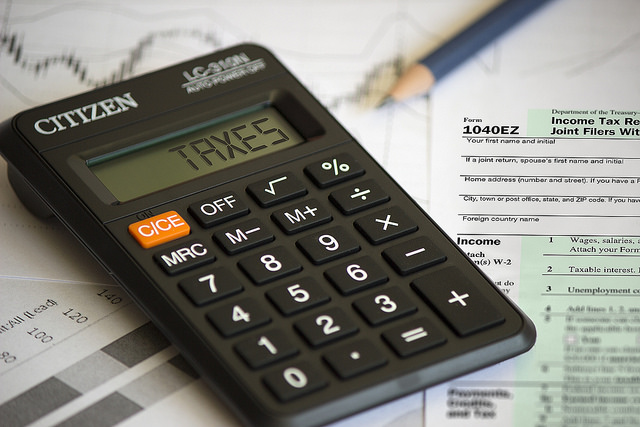How to Form a Business With Sole Proprietorship

Whether you're looking to go freelance, work additional hours alongside your current job, or turn your passion into a profession, forming a business as a sole proprietor is a straightforward and reasonably quick process.
This article outlines the benefits of this business structure and the steps you need to follow to form a business with a sole proprietorship.
What Is Sole Proprietorship?
Also referred to as a sole trader, a sole proprietorship is a type of business structure where an individual operates and owns the entire business as a single-person enterprise. With a sole proprietorship, the owner and the business are seen as one-and-the-same and, therefore, a single legal entity.
Things To Note About Sole Proprietorship
Sole proprietorships are relatively easy to set up and operate. However, there are some factors to consider before doing so:
- Ownership: The business is owned and operated by a single individual. This person is solely responsible for the business's operations, assets, debts, and profits.
- Personal Privacy: Unlike some other business structures, the business affairs of a sole trader are closely tied to the individual. With a sole proprietorship, there's a higher level of privacy and confidentiality regarding financial information and owner's details.
- Legal Status: A sole proprietorship is not a separate legal entity from the owner. Legally, there is no distinction between the individual and the business. This means that the business owner is liable for the business's debts.
- Liability: The owner has unlimited personal liability for the business debts and obligations. This means that the business owner's personal assets could be used to cover business debts if the business cannot meet its financial obligations.
- Control: The owner has complete control and authority over all aspects of the business. They make decisions on business operations, finances, and strategy.
- Profit and Taxation: The business's profits are treated as the owner's personal income. The owner is responsible for reporting and paying income tax, pension, and National Insurance contributions on their business income.
How to Form a Sole Proprietorship
Setting up a business as a sole proprietorship is a straightforward process. Here's what you need to form a sole proprietorship:
A Business Name
Start by choosing your business's name. You can choose to use your own name or select a unique name related to your industry. Before finalising your business name, check that it doesn't infringe on any existing trademarks.
A Business Bank Account
Setting up a separate business bank account for your business transactions is advisable. This makes managing your finances more straightforward and is often required for dealing with specific clients or suppliers and for tax purposes.
Self Assessment Form
Unlike other business structures, there isn't a formal registration process for sole proprietorships in the UK. To set up a business with a sole proprietorship, you must inform HMRC that you're self-employed for tax purposes by submitting a Self Assessment Form on the HMRC website. Once submitted, you'll receive a Unique Taxpayer Reference (UTR), which you can use to set up your online account and manage your taxes.
Business Insurance
A highly recommended yet optional step is to take out business insurance. Consider getting business insurance to protect yourself and your business against unforeseen circumstances such as illness and unpaid invoices. This could include public liability insurance, professional indemnity insurance, and other relevant types of coverage.
Want to learn more about becoming a sole trader or other business structures? Check out our blog page for in-depth guides and relevant information.











